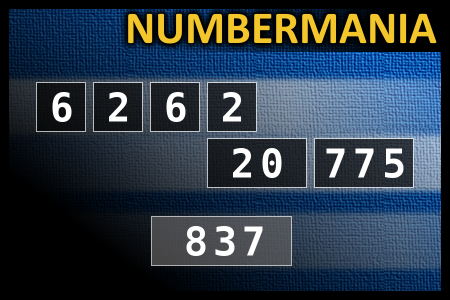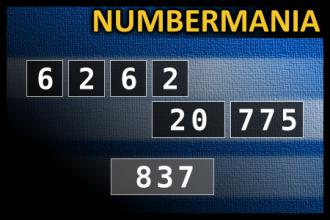Calculate the number 837
NUMBERMANIA: Calculate the number 837 using numbers [6, 2, 6, 2, 20, 775] and basic arithmetic operations (+, -, *, /). Each of the numbers can be used only once.Correct answers: 29
The first user who solved this task is Sanja Šabović.
#brainteasers #math #numbermania

A bishop, a priest...
A bishop, a priest, and a deacon, were about to be executed for preaching the Gospel in a foreign land. They bring out the bishop first and the guard shots, “Ready… aim…” and suddenly the bishop yells, “EARTHQUAKE!” When everyone looks around, the bishop runs off. Next they bring out the priest. They guard shouts, “Ready… aim…” and suddenly the priest yells, “TORNADO!” When everyone ducks, the priest runs off. By then, of course, the deacon had it figured out. They bring him out and when the guard shouts, “Ready… aim…,” suddenly the deacon yells, “FIRE!”

